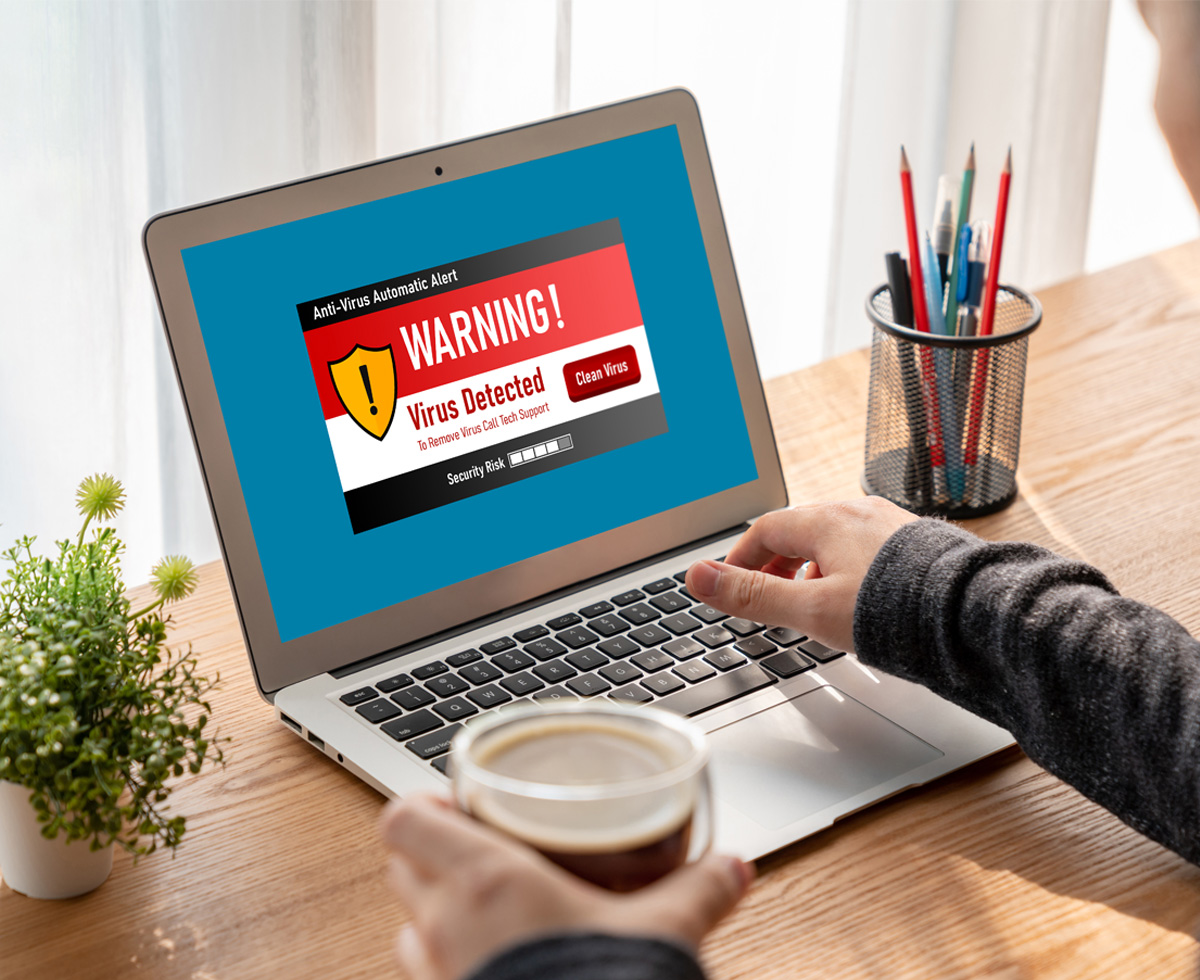
Phishing: When The Big One Gets Away…(Your data and network security!)
Tips from Access Communications on how to recognize and avoid phishing attacks.
Phishing emails are a common tactic used by cyber-criminals to trick users into revealing their personal information, such as passwords, credit card numbers, or social security numbers. These emails often appear to be legitimate but are designed to steal your information or infect your computer with malware. Here are some tips on how to identify and avoid phishing emails.
Look for Suspicious Links or Attachments
Phishing emails often contain links or attachments designed to trick you into clicking on them. These links may lead to fake websites that look like legitimate ones, or they may download malware onto your computer. Always hover over links to see the URL and ensure it matches the legitimate website. Be wary of attachments from unknown senders, and never download or open them if you do not expect them.
Check the Sender's Email Address
Phishing emails often come from email addresses that look similar to legitimate ones but differ slightly. For example, a phishing email from "support@google.com" may come from "support@g00gle.com". Always check the sender's email address carefully to ensure it is legitimate.
Watch for Urgent or Threatening Language
Phishing emails often use urgent or threatening language to scare you into taking immediate action. For example, an email may claim that your account has been compromised and that you must reset your password immediately. Always take a moment to think before responding to any urgent or threatening emails and verify the requests legitimacy before taking any action.
Be Cautious of Requests for Personal Information
Phishing emails often ask for personal information, such as passwords, credit card numbers, or social security numbers. Legitimate companies will never ask you to provide this information via email. If you receive an email requesting personal information, wait to respond; contact the company directly to verify the request.
Keep Your Software Up to Date
Phishing emails often contain malware that can infect your computer and steal your information. Keeping your software updated with the latest security patches can help prevent these attacks. Regularly update your operating system, web browser, and antivirus software.
By following these tips, you can better identify and avoid phishing emails. Always be cautious of suspicious links or attachments, check the sender's email address, watch for urgent or threatening language, be cautious of requests for personal information, and keep your software up to date. For more information, visit myaccess.ca/cybersecurity and stay safe online!

